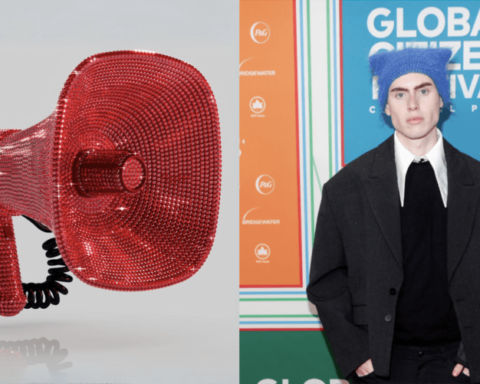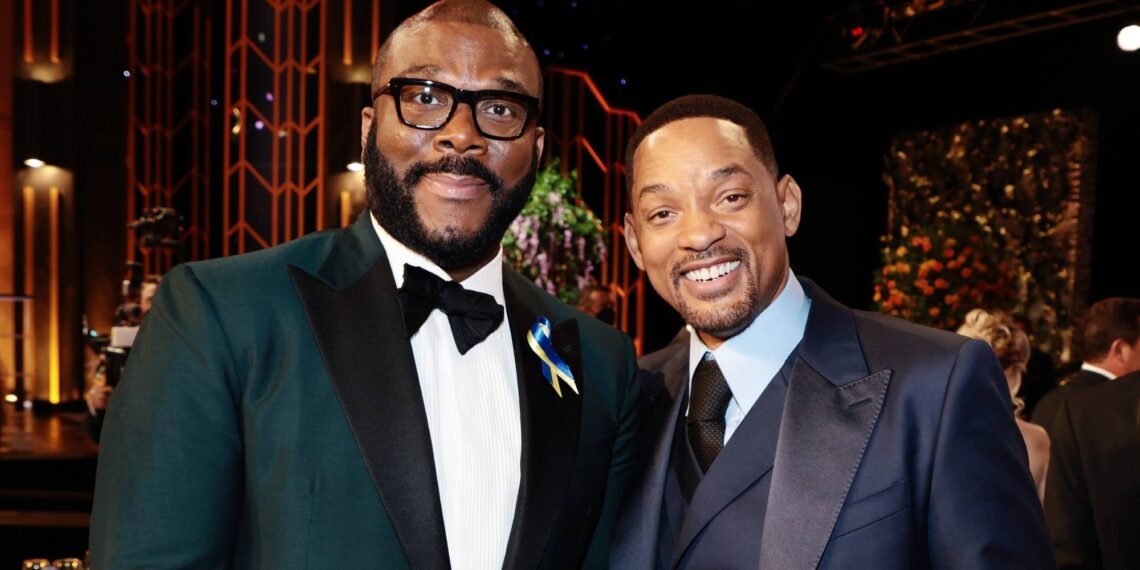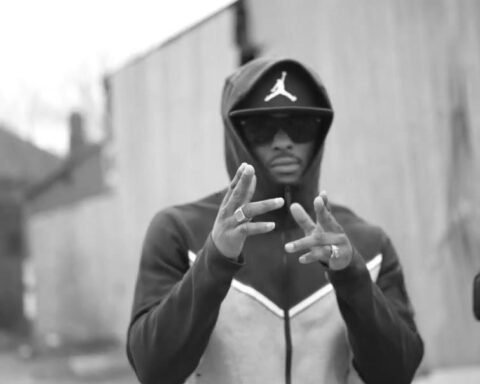The most shocking statement made by Elon Musk this year, the current tech villain of the year, may have occurred at the Met Gala. On the first Monday in May, Musk told a group of reporters gathered on the red carpet, “I adore fashion. Musk said, appearing to notice a few furrowed eyebrows. “I do, actually,” he continued, growing more serious. “Sometimes it’s seen as frivolous and perhaps not that significant, but I think beauty, style, and things that touch the heart are really vital.”
It’s understandable why his audience could have had doubts. Musk seems to be a singularly resistant to the persuasive powers of fashion and style—at least when it comes to his own attire—in the pantheon of Silicon Valley overlords, where imagemaking is taken as seriously as New Age-y health regimens. The Twitter CEO wore an olive green T-shirt and basic black pants to the World Cup final in Qatar on Sunday, where Musk and Jared Kushner (of the once “Slim Suit crowd”) watched the game in a VIP box (with an oval belt buckle). The buckle carried what little attitude the outfit did—possibly an acquired trait from his new home state of Texas. (Musk has stated he is a lover of the “space cowboy” look and is occasionally seen wearing a cowboy hat.) Nothing, however, could disguise the reality that the guy, who had spent $44 billion to command attention, appeared unprepared for the occasion and appeared to have thrown on whatever he had in his Doha penthouse suite.
One user offered a different recommendation in response to Musk’s poll this week asking if he should step down as Twitter’s CEO: “Honestly You should hire a stylist just for the sake of elegance.”
Rich and well-known IT titans have a long history of collaborating with the fashion industry. Clothing has played a major role in creating techworld myths since since Steve Jobs ordered Issey Miyake to create him a subdued black turtleneck for regular wear. The daily attire of the first iPhone suggested a monastic commitment to innovation and a reverence for good design concealed in modesty.
Similar to this, Mark Zuckerberg’s grey T-shirts were intended to distract him from thinking about things other than Facebook—or at least to give that impression. (Because he is a billionaire, they are created by Brunello Cucinelli, the cashmere-clad humanist who supplies Jeff Bezos and Marc Benioff with garments and philosophical musings from his Peruvian hamlet.) With a closet consisting of droopy shorts and slim-fitting lambskin jackets by Rick Owens, Twitter founder Jack Dorsey, on the other hand, fashioned himself as an anti-establishment crypto enthusiast and free-spirited CEO.
The ability to project one’s appearance has also been utilised to hide wrongdoing in Silicon Valley. Elizabeth Holmes, a biotech fraudster, has drawn criticism for wearing a Jobsian uniform of black turtlenecks that may have influenced the public’s and the media’s acceptance of her claim. (In 2019, she switched out her turtlenecks for suits as soon as she arrived in court.) Sam Bankman-Fried, the disgraced founder of FTX, helped sell the idea that he was a genius who didn’t need to wear the traditional finance uniform to revolutionise the financial system—and that he was the exact outsider to do it—with his particularly frumpy outfit of T-shirts (definitely not Brunello) and cargo shorts, as well. This week, Bankman-Fried appeared in court in the Bahamas while dressed in a suit.
However, Musk doesn’t appear to be as interested in all of that. It wasn’t always the case, though. Musk’s personal appearances and the 2018 Met Gala were styled by designer and artist Emily Dawn Long, who claims that she and Musk revamped Musk’s outfit to reflect the look of macho icons. Men like young Harrison Ford, Paul Newman, and Ernest Shackleton, the intrepid explorer of the Antarctic in the early 20th century who preferred bulky sweaters. Musk really dressed for his role during this time, when he was generally regarded as a visionary rather than a reactionary. He looked at least somewhat plausibly like a guy with goals of interplanetary travel when he gave a speech at SXSW in 2018 while donning a vintage leather pilot’s jacket and tough engineer boots. He was explaining to the audience the necessity of humankind colonising Mars.
Online replicas of that pilot’s jacket with the shearling collar are still available; dubbed “Elon’s Jacket,” it was the kind of outfit you might picture Musk transforming into a swaggering signature. Instead, he adopted a different style. (It is believed that he no longer employs a stylist. Musk was unavailable for comment.) In a video taken at a SpaceX site in April, Musk is shown with a large graphic T-shirt billowing in the wind over the legs of a pair of tapered black trousers. He shared a picture with the Pope in July. Musk appeared to have given up on finishing the hemming of his pants, which pooled awkwardly about his boots, whereas the Pope appeared to be the Pope. For what it’s worth, Musk appears to be conscious of the current message being conveyed by his attire. In response to the SpaceX video, he commented, “I guess my clothing are too big for me.” Following his audience with his holiness, he said, “My suit is unfortunate.
One possible explanation for these unusual public acts of humility appears obvious: here is a man whose goal transcends trivial considerations like attire. Maybe it’s less complicated than that. Musk tweeted in the year 2020 that he was “selling practically all physical possessions,” including his homes. Musk tweeted an update in October stating that he was “back to spare bedroom / couch surfing at friend’s houses in Silicon Valley” and that he no longer owned any homes. It was difficult to avoid thinking that the famed T-shirt-clad Einsteins of Silicon Valley were coming to an end after Bankman-imprisonment. Fried’s The emperor may not even be without clothes when it comes to Musk; he may just no longer be in possession of any.



















